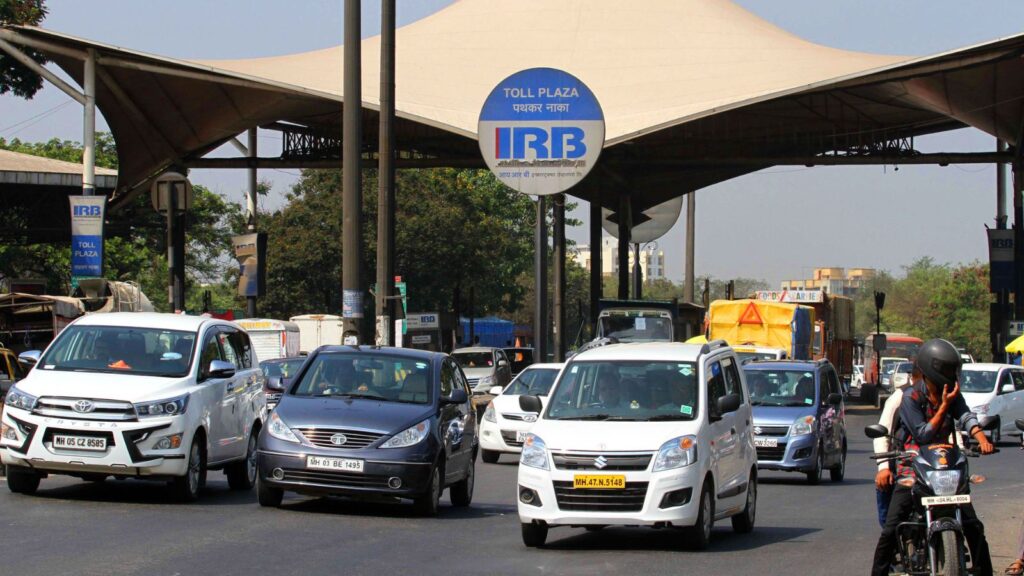FASTag, India’s electronic toll collection system, will soon offer a more convenient, once-a-year annual pass for users. The Union Ministry of Road Transport and Highways announced last week that it was rolling out a FASTag Annual Pass to enable hassle-free travel on Indian highways.
The annual pass will cost Rs 3,000 and will become available for purchase from August 15 this year. This pass is only valid for non-commercial private vehicles such as cars, jeeps, and vans.
It will allow commuters to travel toll-free for 200 trips or one year from the date on which the pass is activated, whichever comes first. In addition, the annual FASTag pass will only work at toll plazas that are operated by the National Highways Authority of India (NHAI). This means holders of the annual pass will still need to pay toll on state highways, private-run toll roads, and state-run expressways.
The FASTag annual pass is primarily aimed at frequent commuters, and is expected to reduce congestion at toll plazas while saving costs for long-distance highway travellers. It is part of the Indian government’s broader efforts to modernise road infrastructure in the country while enhancing user convenience on the national highway grid.
“By reducing wait times, easing congestion, and minimizing disputes at toll plazas, the Annual Pass aims to deliver a faster and smoother travel experience for millions of private vehicle owners,” Union Road Transport and Highways Minister Nitin Gadkari said in a post on X.
Important Announcement 📢
🔹In a transformative step towards hassle-free highway travel, we are introducing a FASTag-based Annual Pass priced at ₹3,000, effective from 15th August 2025. Valid for one year from the date of activation or up to 200 trips—whichever comes…
— Nitin Gadkari (@nitin_gadkari) June 18, 2025
https://platform.twitter.com/widgets.js
Here is a step-by-step guide to purchasing and activating the FASTag annual pass.
First, who is eligible for an annual FASTag pass?
The annual pass will be available for purchase from August 15, 2025, onwards through the Rajmarg Yatra mobile application and on the official websites of the NHAI as well as the Ministry of Road Transport and Highways (MoRTH). Do not use third-party websites and portals to purchase the annual pass in order to avoid being scammed.
Story continues below this ad
Keep these points in mind while availing the FASTag annual pass:
– The vehicle must be a non-commercial, personal vehicle like a car or jeep.
– It should already have an active FASTag plastered on the windshield of the vehicle.
– The FASTag of the vehicle should be linked to a valid Vehicle Registration Number (VRN).
– It should not be blacklisted or under dispute.
Commuters also need to remember that each annual FASTag pass will be attached to a particular vehicle and cannot be transferred to other vehicles.
How to activate the FASTag annual pass online?
Follow the simple steps mentioned below to activate your FASTag annual pass.
Story continues below this ad
– First, ensure that your FASTag is active, installed, and linked to a valid VRN.
– Visit the Rajmarg Yatra mobile app or official NHAI website.
– Enter vehicle details such as your registration number and FASTag ID.
– Choose one of the payment options to make a single-time payment of Rs 3,000.
– The annual pass will be activated once the transaction is successful.
– You will also receive an SMS confirmation on your FASTag registered mobile number.
Should you buy a FASTag annual subscription?
To be sure, the FASTag annual pass is voluntary meaning that users who do not travel so much can continue using FASTag in the existing pay-per-user mode. However, if you travel long distances every day to-and-fro work or school, then the annual pass could offer some cost saving and convenience benefits.
A user on LinkedIn did the math and figured out that high-frequency commuters could potentially end up saving Rs 5,000 to Rs 10,000 in toll fees, assuming that they take 50 trips a year or roughly one trip per week.
But how do you define a trip? Trips are counted based on the type of toll system. In open or point-based toll plazas, one-way toll crossings are equivalent to one trip.Closed toll systems, on the other hand, count entry-to-exit as one full trip.


